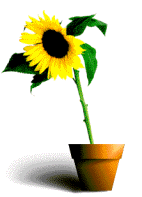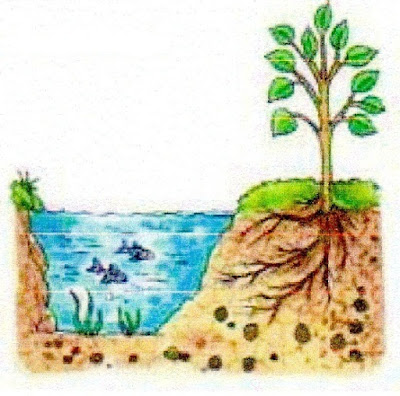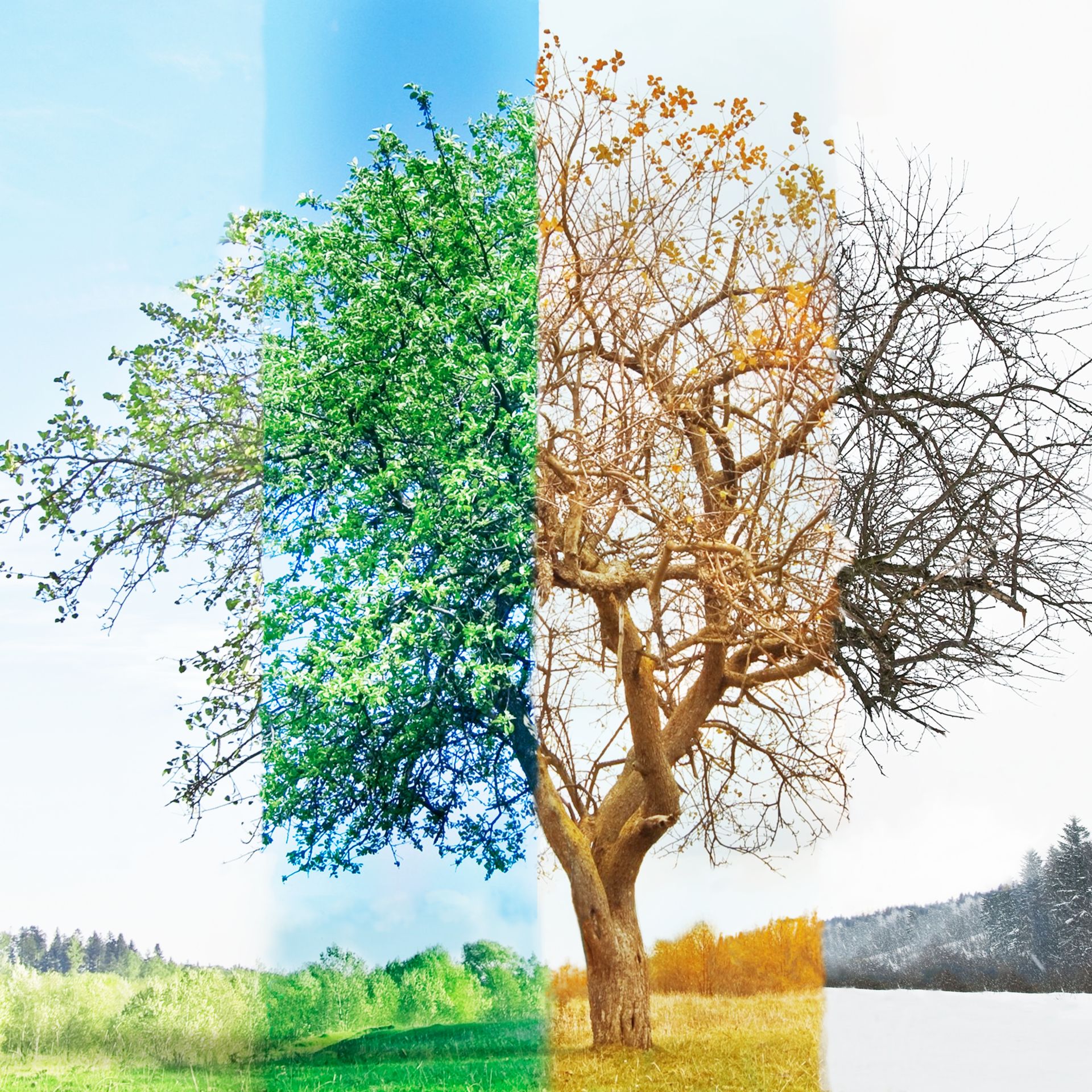Our Planet is full of LIVING THINGS and NON-LIVING THINGS. Can you distinguish them?
Let's study about living things.
Do you understand everything? Let´s play a game.
Scientists classify the living things in 5 groups, they are called KINGDOMS (Reinos).
1.- ANIMAL KINGDOM (Reino Animal). The Animal Kingdom consists of multi-cellular organisms. Multi-cellular means that the organism has more than one cell (célula).
2.- PLANT KINGDOM (Reino vegetal). The Plant Kingdom includes any organism that is able to use water and sunlight in order to make their own food.
3.-MONERA KINGDOM (Reino Monera). The Monera Kingdom has organisms that are unicellular. Unicellular means that the organism only has one cell.
 |
| BACTERIA |
4.-PROTIST KINGDOM (Reino de las protistas). The Protist Kingdom are unicellular organisms. Unicellular means that they are made up of only one cell.
The difference between the Protist Kingdom and the Monera Kingdom is that the Protists have a nucleus and they have moving parts and can move around their environment.
 |
| AMOEBA |
5.- FUNGI KINGDOM (Reino de los Hongos). The Fungi Kingdom is made up of organisms that do not make their own food. They are similar to plants but they do not make their own food.
Now you can see a video about the classification of LIVING THINGS.
Let´s focus on the PLANT KINGDOM
What are the main Characteristics of plants? Let´ see.
All living things perform three main Vital Functions: NUTRITION, INTERACTION and REPRODUCTION.
One of the main characteristics of plants is that they can make their own FOOD.
But, how can they produce their food? Let's learn about plant nutrition function.
- PHOTOSYNTHESIS. It is the process by which plants TAKE water, minerals, carbon dioxide (CO2) and solar energy and PRODUCE glucose and oxygen (O2)

RESPIRATION. It is the process by which plants TAKE water, minerals,
carbon dioxide (CO2) and solar energy and PRODUCE glucose and oxygen (O2)

The second vital function is INTERACTION.
Plants attract other animals with their flowers to move their pollen.

Plants respond to the light since they need sunlight to make the food. In this way, leaves and flowers move (slowly) to reach the sunlight. Or the green stems grow towards the light.

Plants also respond to water. They need water to live, so roots grow towards the water.

Some plants have a "touch sense". When something touches them, they change.

Finally, plants respond to the seasons. Depending on the season, they change.

The last Vital Function es REPRODUCTION.
Like every living thing, plants produce new plants similar to them.
They can reproduce in two different ways:
SEXUAL REPRODUCTION
Plants produce FLOWERS > FRUIT > SEEDS > NEW PLANTS

ASEXUAL REPRODUCTION
There are different examples of asexual reproduction.

We can classify plants in different ways.















